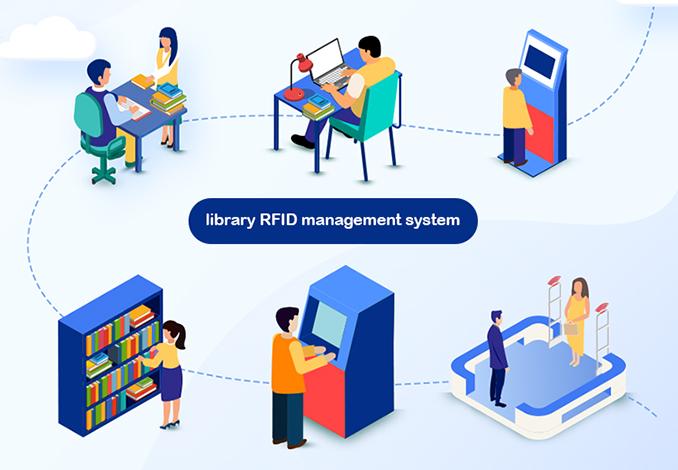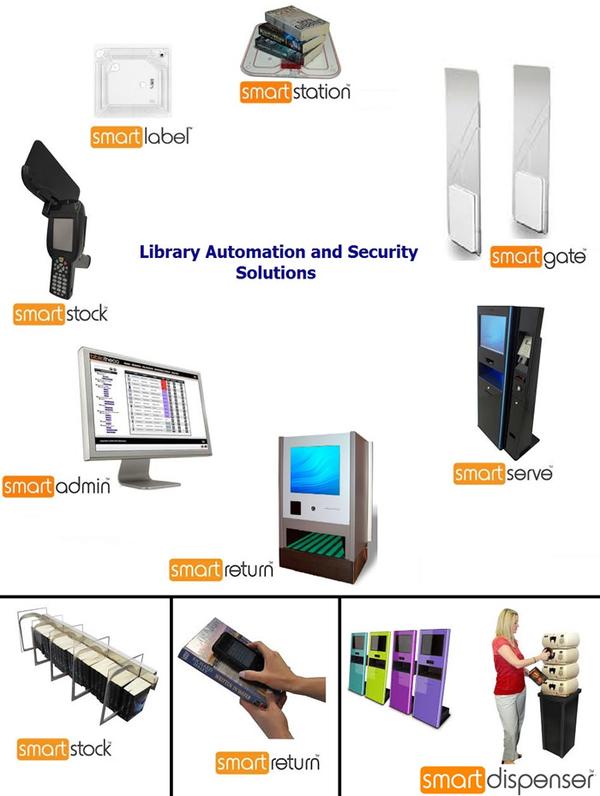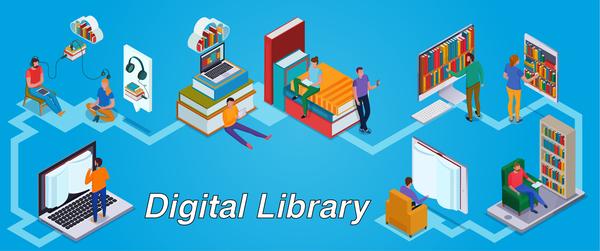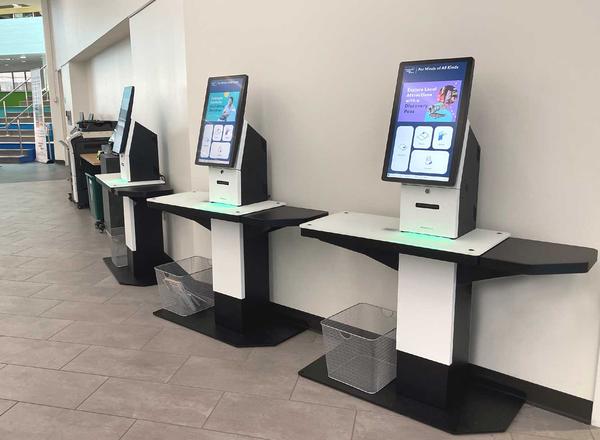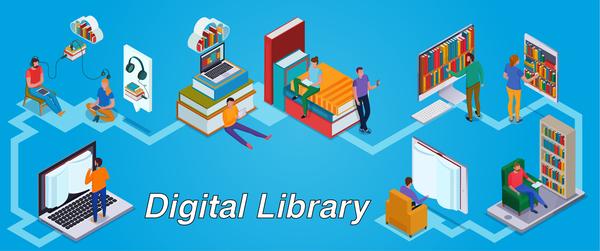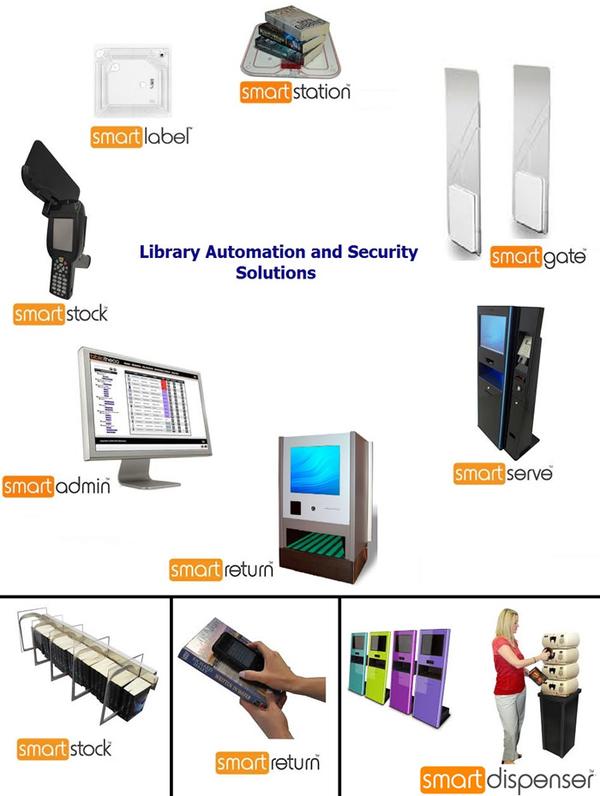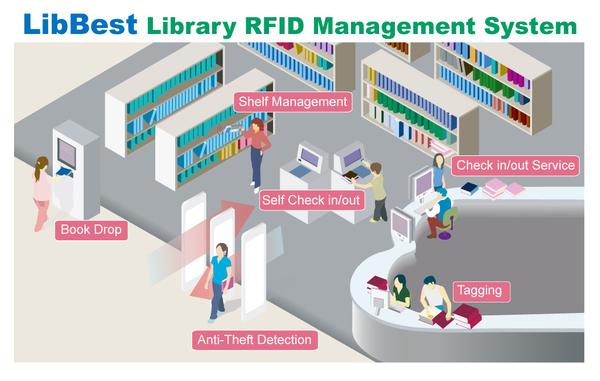An RFID-based system in a college library is a modern solution designed to improve the efficiency, accuracy, and security of library operations. It replaces traditional barcode systems by using Radio Frequency Identification (RFID) technology to automate tasks such as book lending, returns, inventory tracking, and user authentication. How It Works In this system: Each book is embedded with an RFID tag that contains a unique identifier linked to the library's database. Each student or faculty member is issued an RFID-enabled library ID card. RFID readers are installed at check-in/check-out desks, return kiosks, and security gates. When a student borrows or returns a book: They place the book and their ID card near the RFID reader. The system automatically updates the borrowing status in the database. The process is quick and does not require direct line-of-sight, unlike barcode scanning.
Send Message

